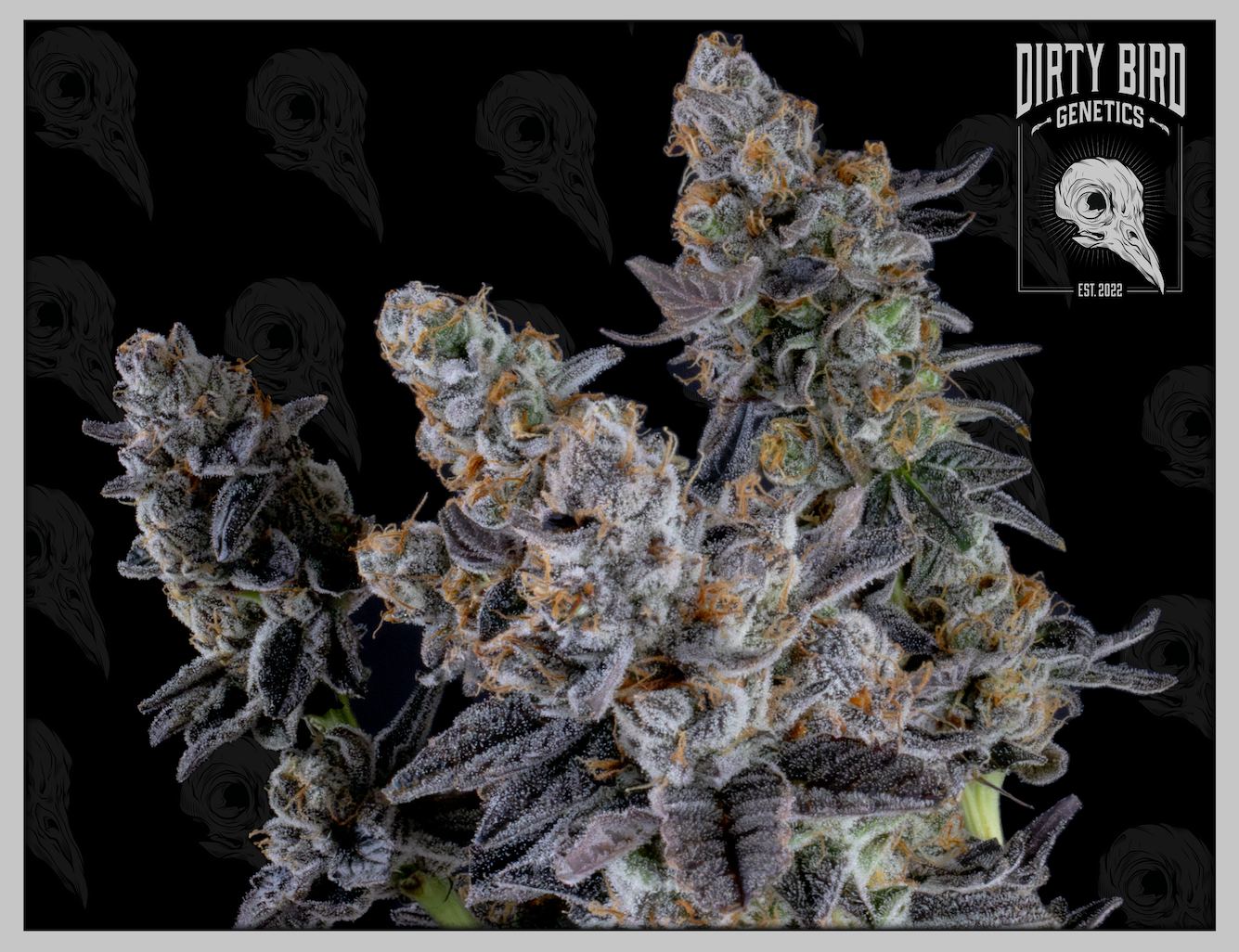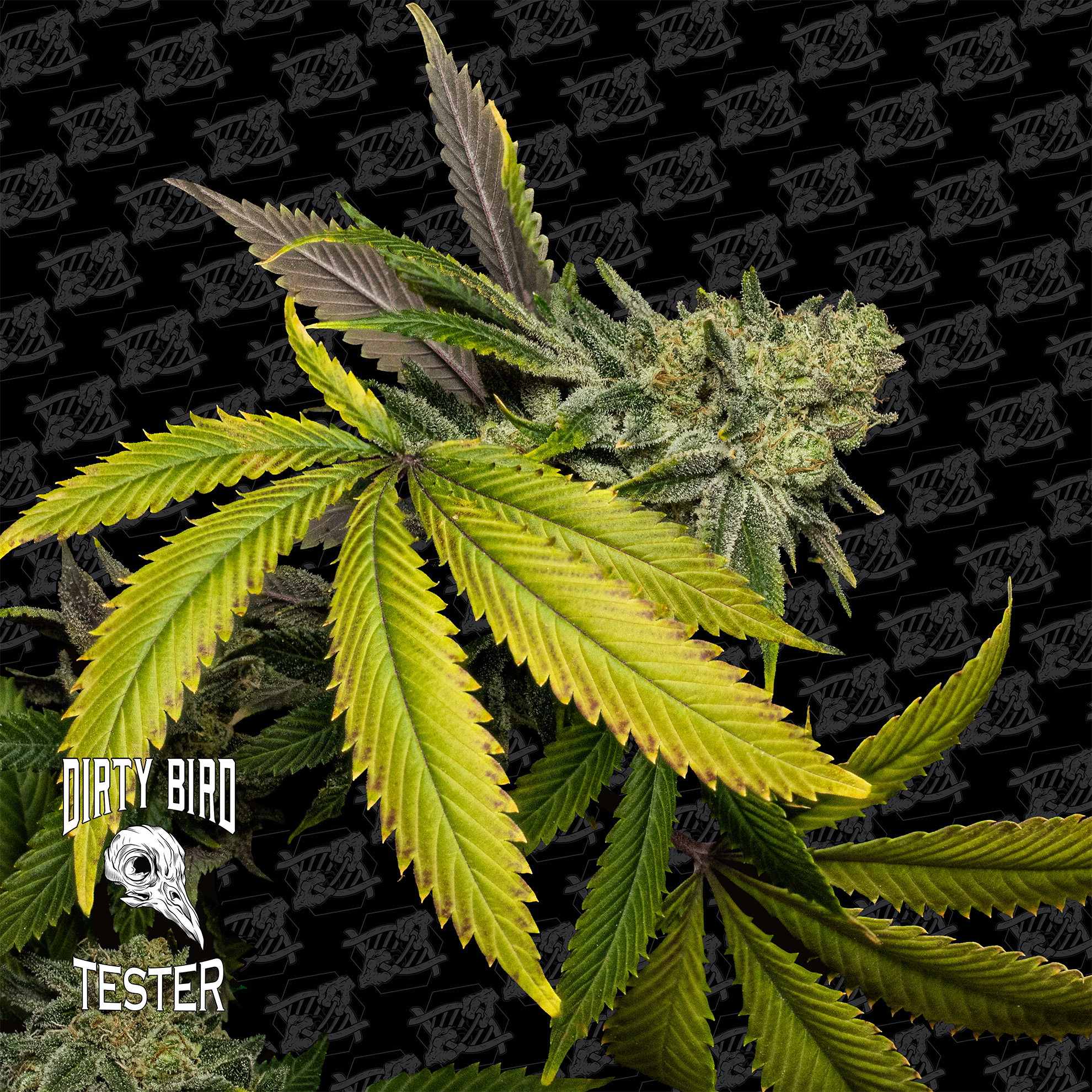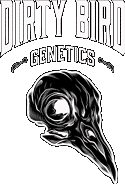
Forage With Us: A Dirty Bird’s Guide to Pheno-Hunting
By: Doc Skunch
When running new genetics, whether ours or someone else’s, we have both concrete metrics and visceral qualities that we look for. What are the traits that we at Dirty Bird look for in a winning cut? And what should you be looking for if you are planning on keeping a mother plant of your favorite genetics? In this article, we’ll skim the surface of what we look for as seed breeders, and what home growers should look for if they’re interested in continuous cloning and/or creating their own genetics.
Sexual Stability
No one wants an unintentionally seeded garden. It eats away at the yield and potency of the flower. To avoid this issue, it is best to look for female plants that will not show intersex traits even under moderate to severe plant stress. At Dirty Bird, we use chemical methods to trigger the production of pollen sacs on a female plant in order to impregnate other plants with feminized pollen. Some female plants are very stubborn and do not want to produce pollen even with extensive chemical intervention. While this means that they aren’t suitable pollen donors, they may still be valuable as a pollen recipient. Outside of intentional breeding scenarios, the expression of male sex parts on a female plant is a red flag. Even when the issue can be traced to growing conditions that are not ideal, we work very cautiously to avoid breeding forward with genetics that are prone to express hermaphroditism.
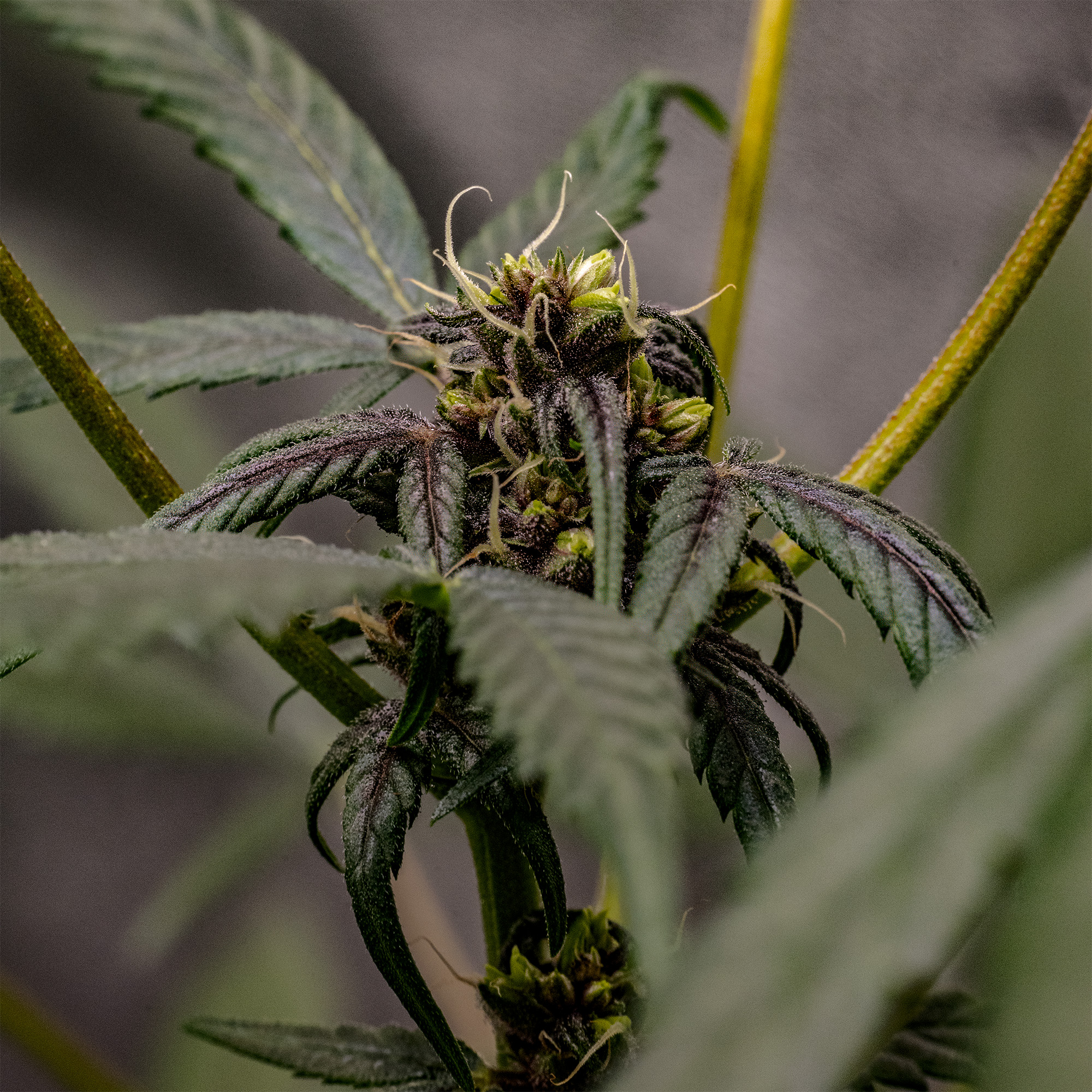
Homogeneity of Plant Population
A valuable way to assess the potential consistency of future breeding projects is the consistency of the current family of sister plants being phenohunted. There are plenty of factors at play when combining genetics, so A plus B won’t always equal AB, but the more uniformed the genetics of the parents are, the easier it is to predict the outcome of their children.
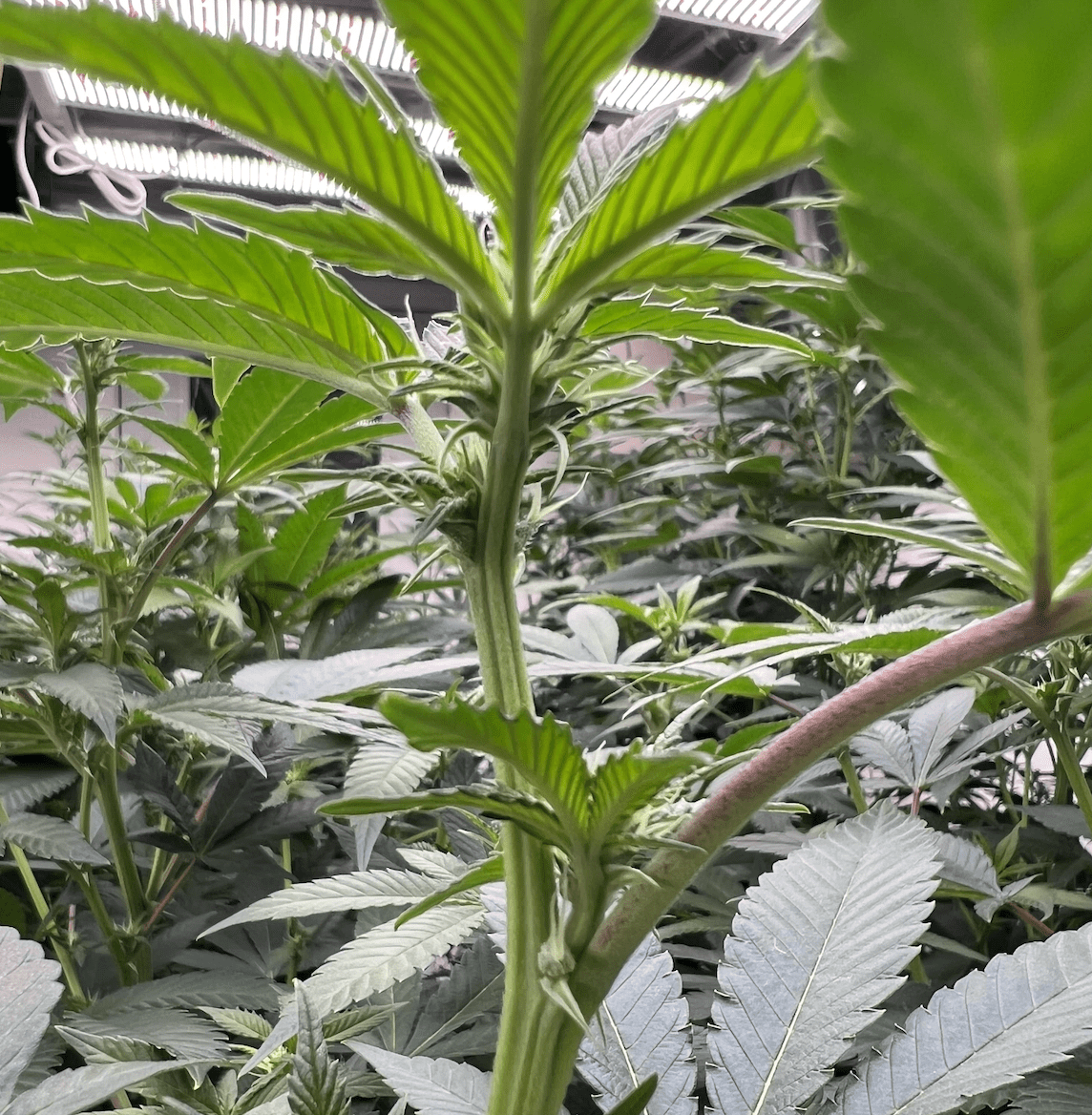
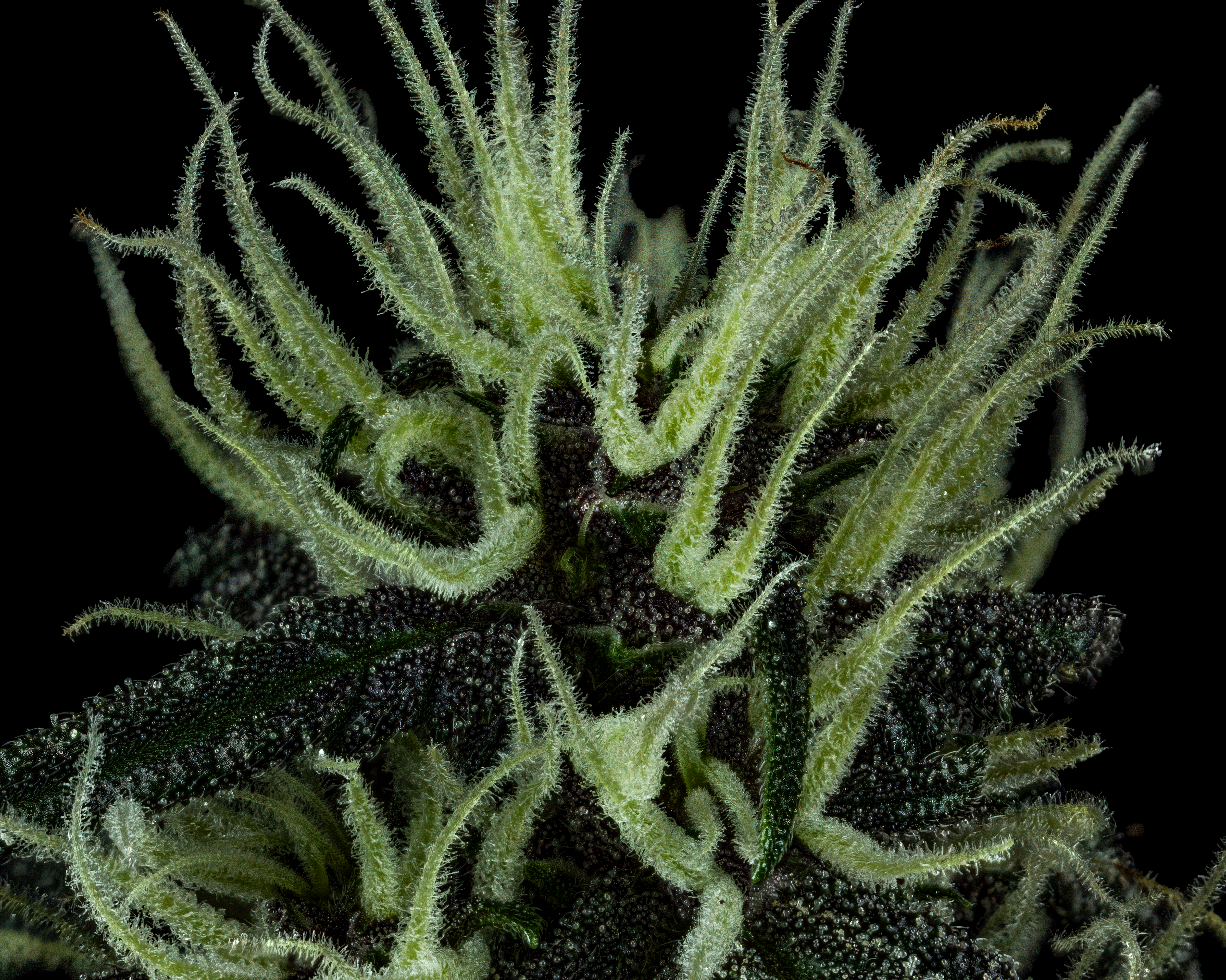
Pre Flowering Traits
A plant’s “stability” can relate to many things, and preflowing traits can greatly impact the health and vigor of a mother plant over time. If she is shooting out pistils even under 24 hours of light, the amazing qualities you love may start to degrade over time. Consider an autoflowering plant. You cannot keep a mother of an autoflowering plant because she has an internal clock with a timer set to end and die after the buds reach full maturity. A plant with preflowing tendencies is a far less extreme example of this. At Dirty Bird, we do have mother plants that will shoot out pistils under 24 hours of light. They tend to take more effort to keep healthy. That’s okay with us because of the value they bring to our breeding and cloning programs. For the average home grower, however, this may just be more work than you find it is worth.
Disease/Pest Resistance
How well does a plant battle against environmental stressors? These can be pests, such as spider mites, thrips, fungus gnats or aphids. Some time ago, maybe a decade, we ran a cut of Super Silver Haze. While suffering a spider mite outbreak, our Super Silver Haze mom was left completely unaffected by the pests even as her adjacent roommates fell victim to pest damage.
Certain plants can similarly exhibit resistances against powdery mildew, leaf septoria, bud rot, or other ailments. While no one wants to experience these issues in their grow space, there is plenty to learn and benefits to be realized when you find a plant with exceptional resistance against any antagonist in a cannabis garden.
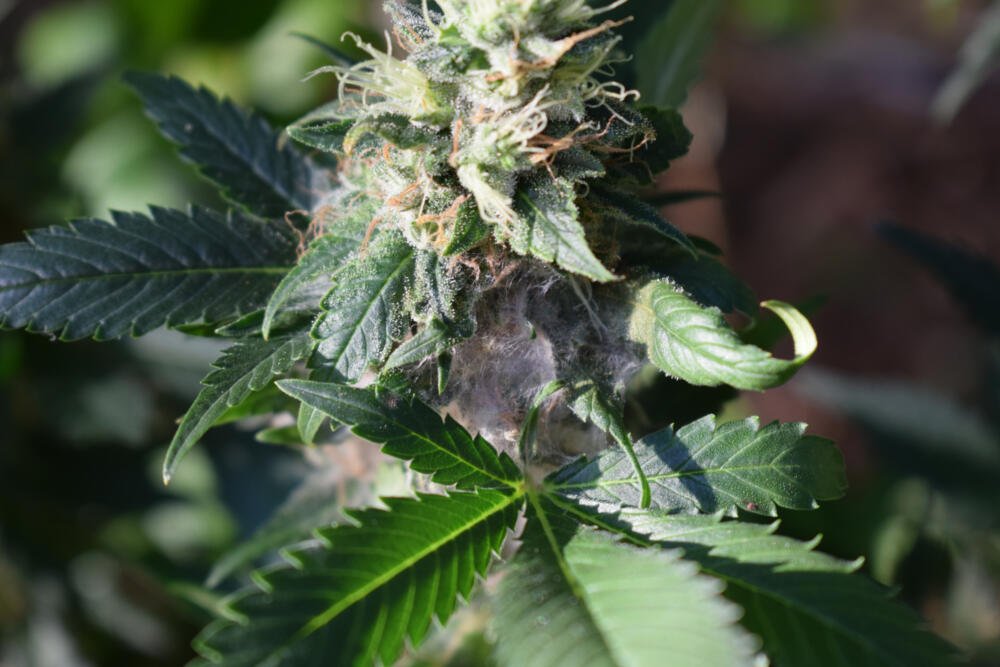
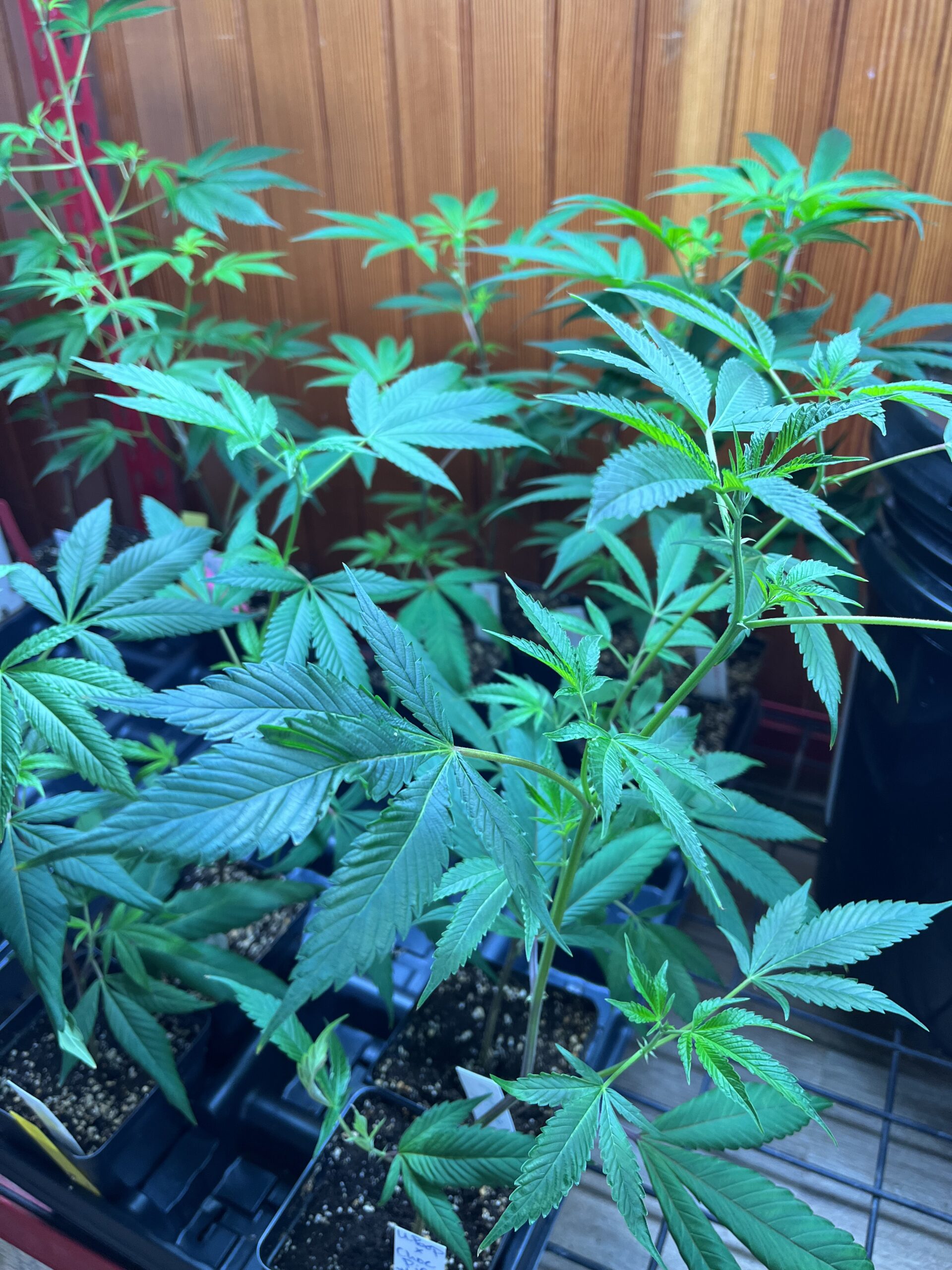
Plant Morphology
There are tons of metrics that can fall under this category, but these are the ones we look at throughout the entire lifecycle of the plant.
Internodal spacing – This impacts airflow, bud formation, and yield. Internodal spacing can also change drastically between the veg state and bloom state.
Leafiness – This can affect the same traits listed above, plus play a big factor in harvesting/trimming time.
Density – For the most part, the denser the better when it comes to maximizing yield in your space, although a more airy bud can be beneficial in high humidity conditions.
Sensitivities – Some plants can handle just about anything when it comes to nutrients, ph, and lighting. Those are usually going to beat out the princess plants that turn yellow if you look at them the wrong way.
Flexibility – Are the branches rigid, or can you bend and shape them without worrying about a break? There isn’t a right or wrong with this trait. It’s just important to know what you’re working with so you can train your plant early and properly.
Flower Time – Good things come to those who wait, but not many people want to wait 14+ weeks to empty a bloom room. We try to find and breed strains that flower in that 8-9 week range indoors and early October outdoors.
The Bud
The most important part of any cannabis grow, bud is what we’re all here for.
Cannabinoids – High THC is of utmost importance. Many of our strains also run high in CBG and Δ-9 THC. Most home growers won’t or can’t send samples to the lab for testing, but at home “product research” can tell you what you need to know.
Terpenes – We look for terpene profiles that are strong, unique, and memorable. From bloom to bowl, yum to yuck, sharp to sweet, gas to hash, there are so many special terp profiles we’ve had the pleasure of experiencing. Not only do they provide an endless variety of olfactory combinations, terpenes work alongside cannabinoids to impact the high produced when consumed. Myrcene, for instance, will impart a more calming effect to the high, while limonene will make it more energizing. The list of terpenes found in cannabis is growing every day, and the science of understanding their effects on cannabis is relatively new.
Resin/Trichome Production – More resin/trichomes means more cannabinoids and terpenes, which means more high. There are also different trichome shapes that lend themselves better to different hash-making and extraction processes.
Color – Variety is the spice of life, and we love to see different beautiful colors, whether in the calyxes, sugar leaves, or pistils. Anthocyanin is responsible for the purple color found in some strains.
Yield – Obviously important to anything you put work into, high yields are something we want to see in our pheno hunts and breeding projects. If everything else is an A++, we’ll look for a complementary high-yielding strain to breed it forward with.
Something New – Here at Dirty Bird, we have no desire to reinvent the wheel. If we are going to put something out on the market, it needs to be special and unique.
